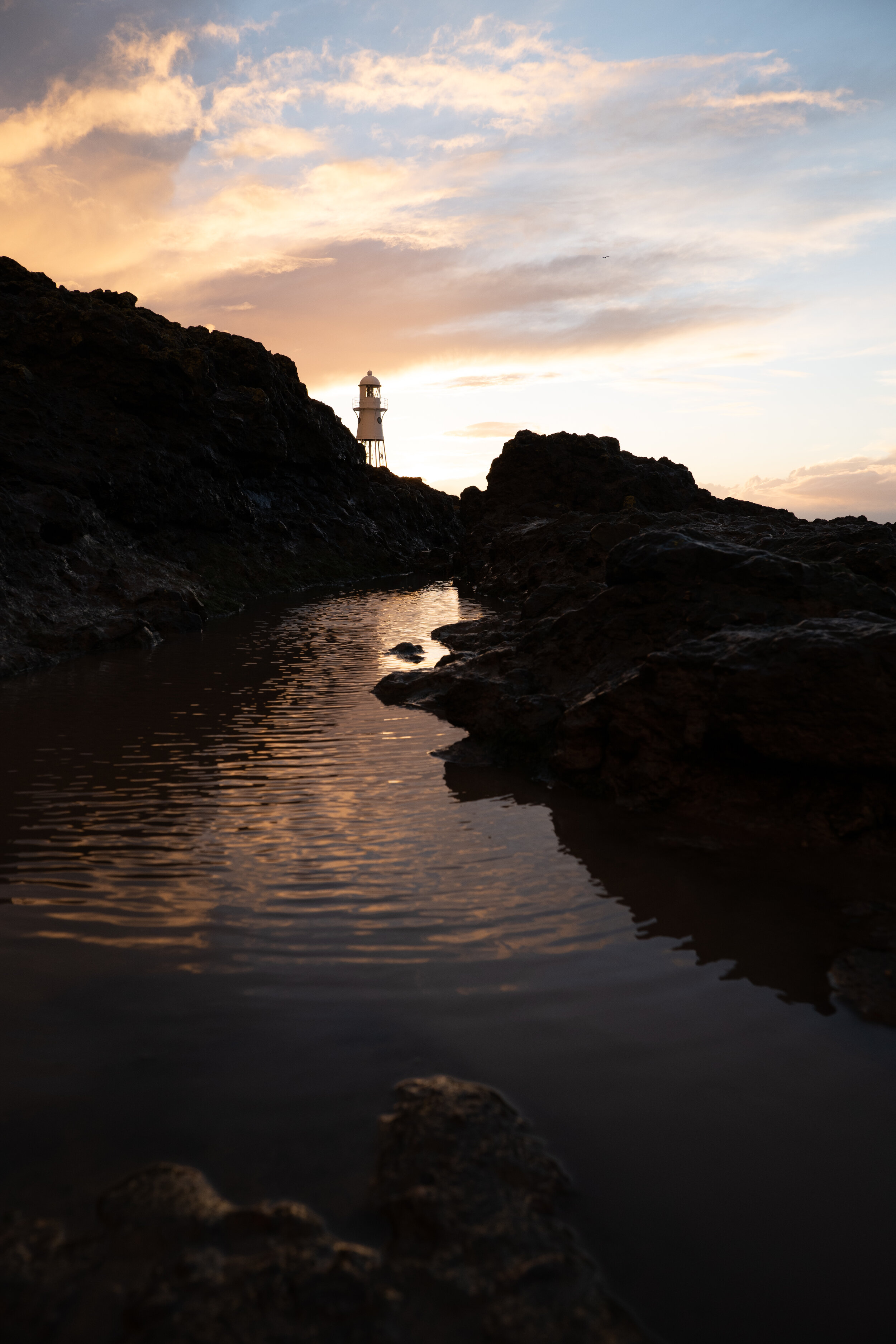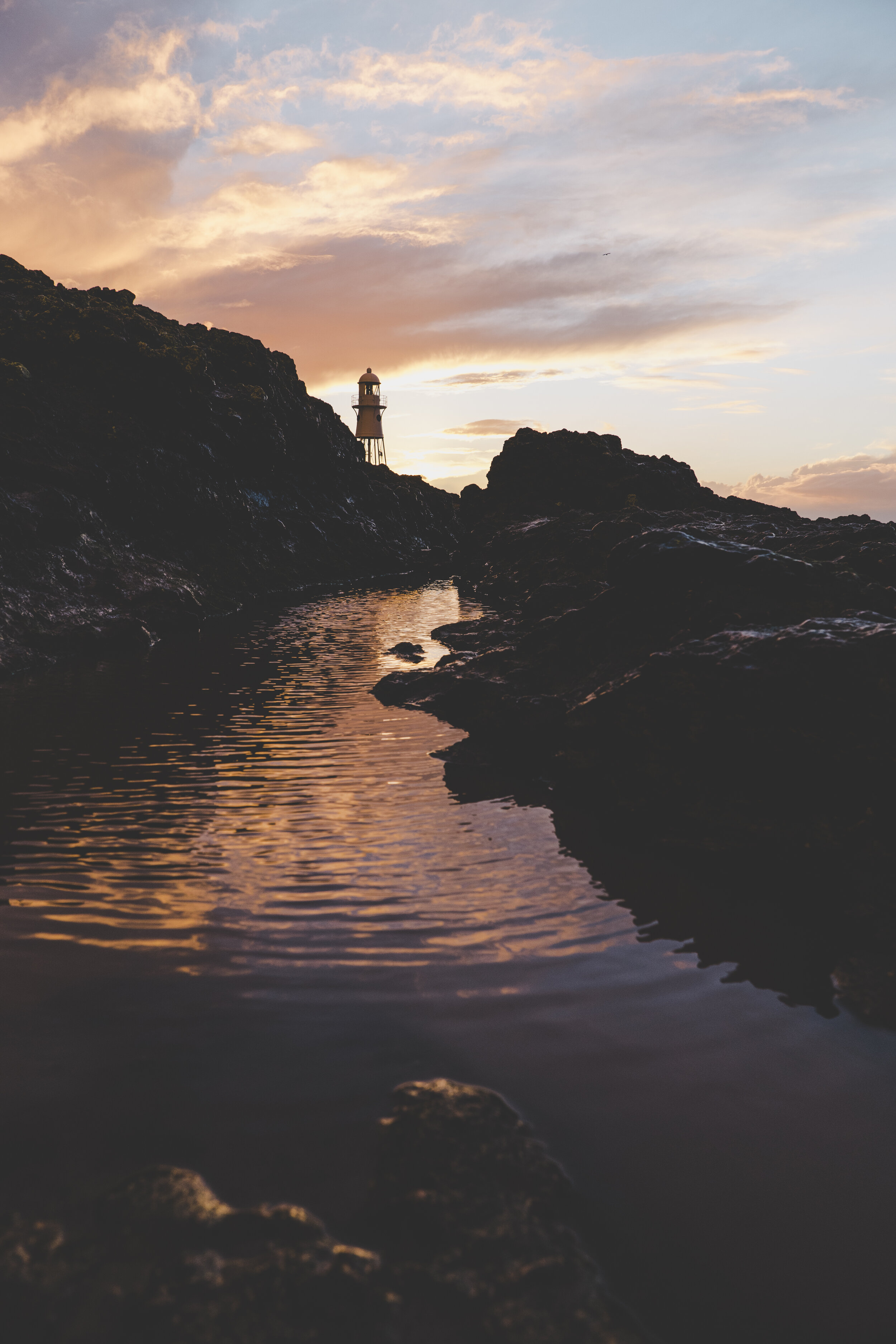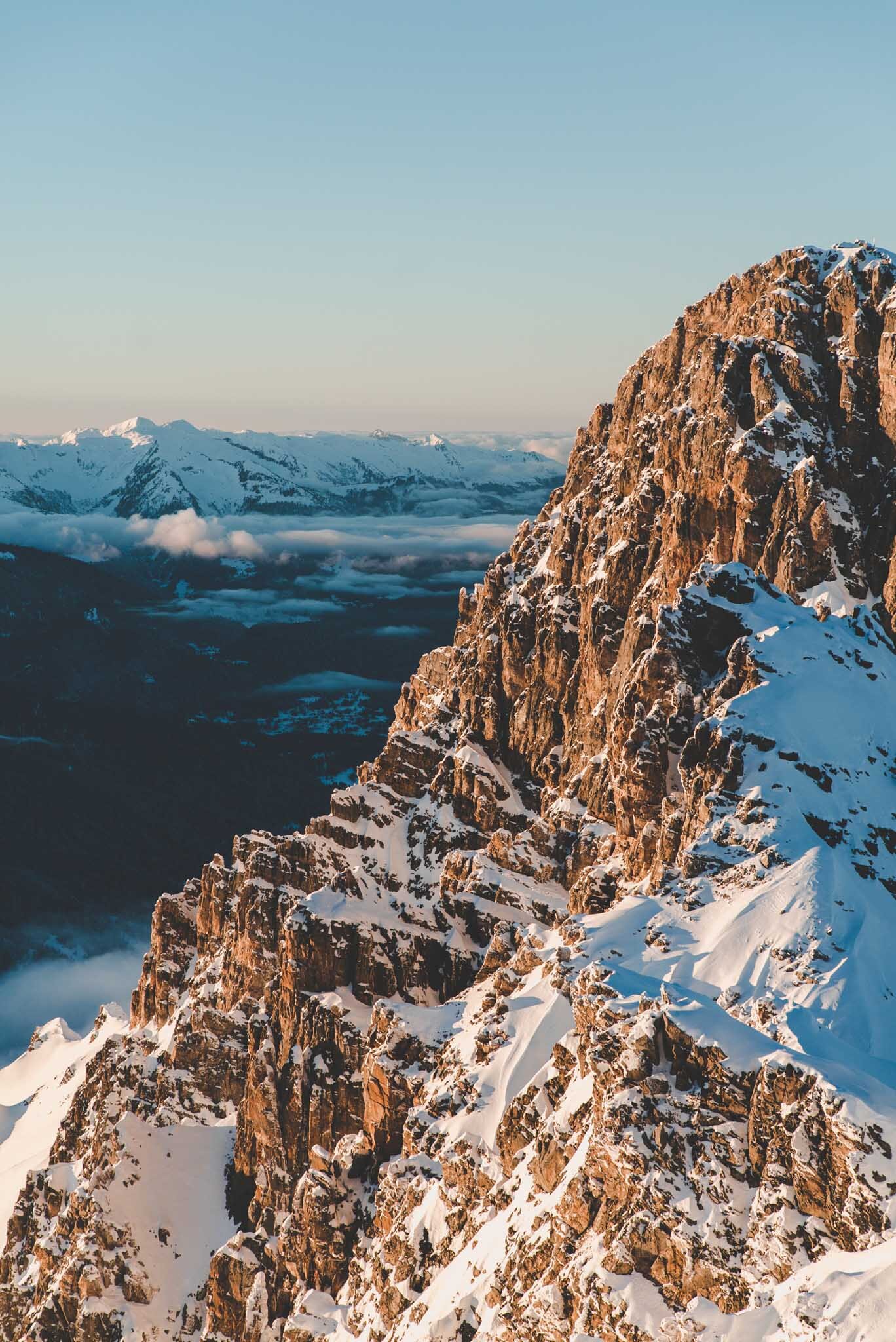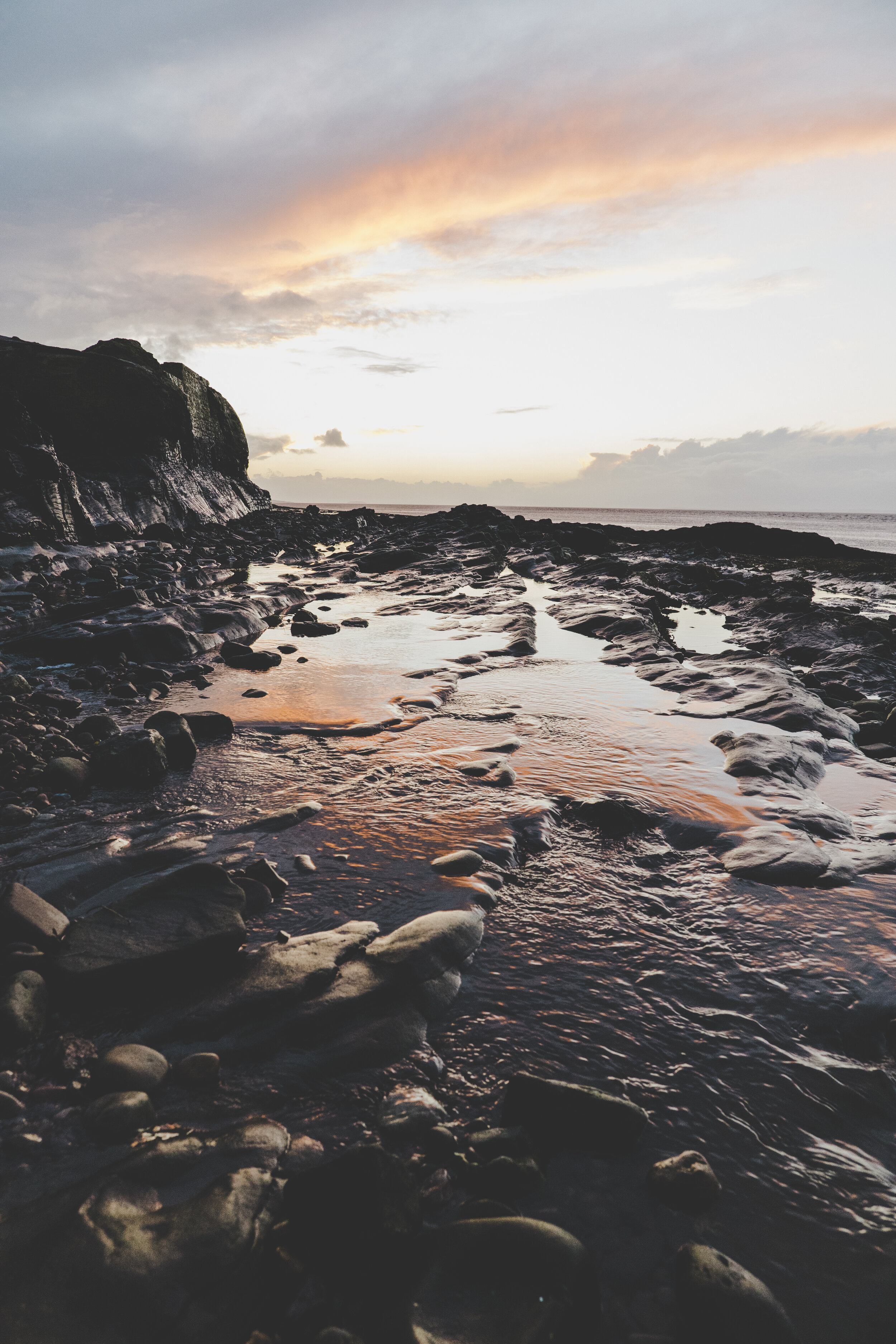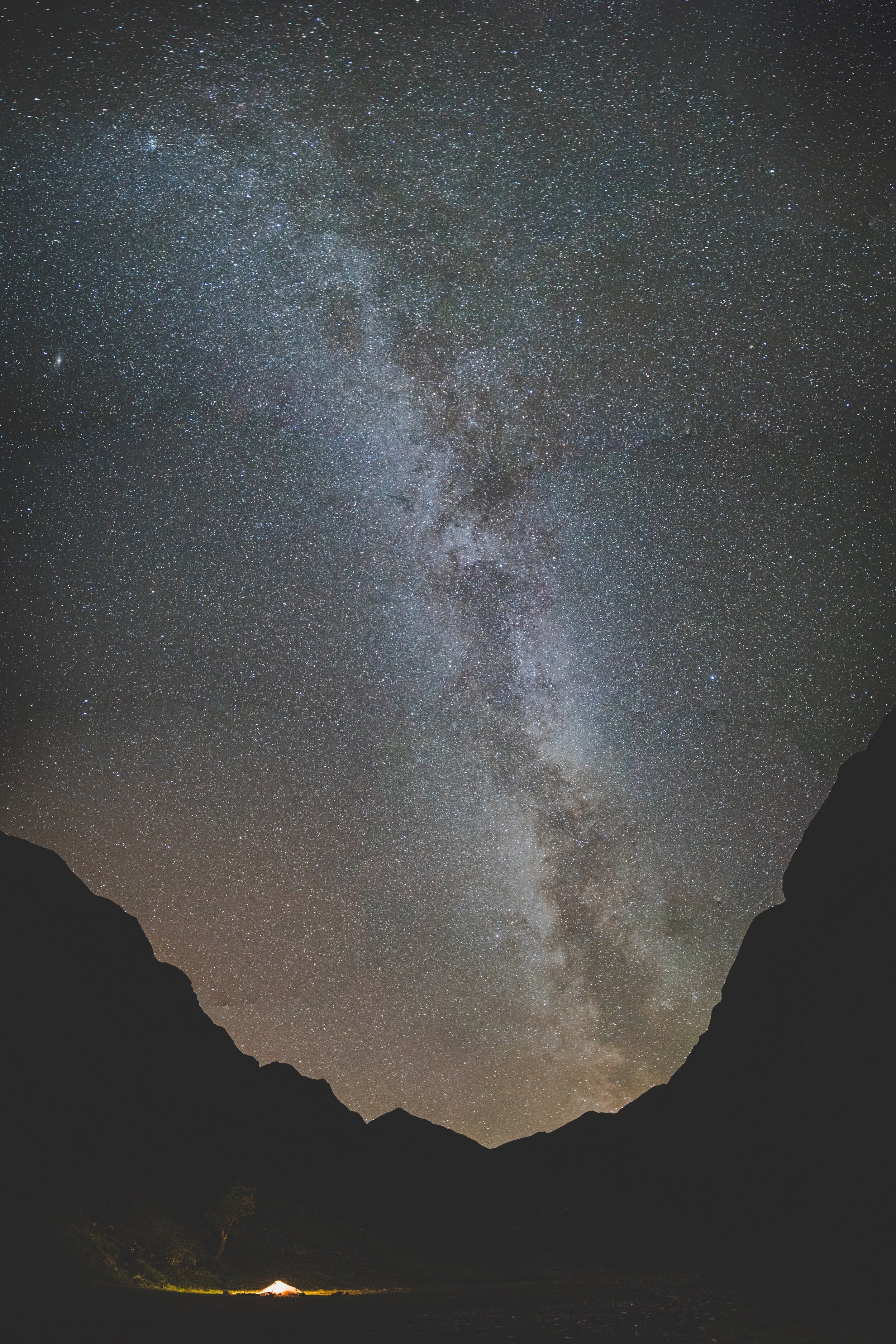Chasing Sunrises - Matt Greenwell
Landscape photographer Matt Greenwell
IT is often said that landscape photography is a matter of being in the right place at the right time. Some would call this luck, but as Matt Greenwell explains this month, great landscape photography is no coincidence. The 26-year-old from Portishead has been shooting full time for six years and has since created content for major brands such as Lowe Alpine and Yeo Valley. The Tarsier team first met Matt where we seem to meet most of our favourite creatives, Outlook and Dimensions festival.
In this month’s magazine feature, he runs us through what draws him to landscape photography and shares some tips on how we can all capture better imagery out in the wild.
Tignes. Photo by Matt Greenwell.
I’ve always been an enthusiast for the outdoors and photography has been my excuse for getting outside as much as possible, especially during lockdown. I enjoy the outdoors for the same reason I enjoy photography, the opportunity to explore new areas, uncovering interesting places and finding unique perspectives. Photography to me always feels so much more satisfying when you’ve had to go out of your way to find that shot – sunrise is always more satisfying to watch at the top of the mountain. My favourite place to shoot is the Alps – more specifically Tignes. There’s something about the way the light hits the surrounding mountains that always looks epic. I don’t think I’ll ever get bored of that.
That Budapest sunrise…
Braving the elements is definitely part of the fun. It’s an adventure and the payoff is coming home with that epic shot. Sunrises are my favourite. One of the best photo missions I’ve done was in Budapest. My university housemate and I got up at 4am to head up to the fisherman's bastion which overlooks the parliament building and the city and we grabbed some great shots as the morning light started to flood the city. I also did a job last year where we stayed in a mountain hut and hiked up to the summit at 4.30am to try and get some sunrise photos. We got a cloud inversion and some epic rays of light through the gaps in the peaks which was stunning.
Black Nore Lighthouse. Photo by Matt Greenwell.
Recently I’ve been exploring my local area around Portishead a lot more. There are some nice lighthouses near my house I’ve been taking photos of and after a quick Google search to find out more about them, I found hundreds of other people who’d taken similar shots. I wanted to get something unique so I headed out to one of the lighthouses, named Black Nore Lighthouse. There’s a footpath running along the coast and past the lighthouse, but I wanted to find an angle that other people may have missed, so I climbed down into the rocks and started rockpool-dodging along the beach. The way the rocks are layered over the beach meant that rock pools were forming in nice parallel grooves. I got my camera down low to the water and grabbed a few snaps, getting some nice colours reflected from the sky; purples and oranges as the sun was setting. I then tried to find an angle along one of the pools in which I could frame the lighthouse, as well as get those ripples and reflections. By doing this I also realised there was more to be had than just some nice shots of the lighthouse. The shine of the water on the rocks made for some nice images so I tried experimenting with a few different shots. At one point I buried my camera in some pebbles to get a super low shot across the tops of the rocks.
The best bit of advice I can give is to find the shot that’s different. It’s easy to take a picture of a stunning landscape, but making that photo unique is where the challenge lies. There are a number of simple ways you can do this:
1. Change your camera angle. Sometimes changing the way you point the camera at something can look rubbish, but you don’t know until you try and sometimes it works out. The more you do it, the more you get an idea of what works and what doesn’t for different subjects and scenarios.
“Use your foreground. This is a great way to add depth to your landscapes.”
Clifton Suspension Bridge in Bristol. Photo by Matt Greenwell.
2. Change your perspective. Climb up onto rocks or through brambles, whatever it takes to get a different perspective – anything to make that shot different from head height on the footpath will go a long way.
3. Use your foreground. This is a great way to add depth to your landscapes. I like to shoot past or through things to create borders around subjects or to draw the eye a certain way. It often helps create some different textures in your image as well.
I’ve realised over the years that this is what I love about photography. Whenever I see a nice landscape I’m thinking what I could do to make this different to how people have perhaps seen it before. Sometimes it’s framing more of the rock or ground to get those epic textures or pointing the camera towards the sky so that the top of the mountain is the only thing to focus on. Sometimes I persuade a friend to go and stand in the shot to show a sense of scale or climb through trees and rocks to find that branch that frames things just right.
Once I’ve captured the shot and start editing it’s mainly about tweaking to emphasise the exciting parts of the photo. I use the hue and luminance tools in Adobe Lightroom to tweak certain colours and make them pop, usually adding some contrast and adjusting the crop to fix horizon lines or align things. I try not to over edit and I constantly flick back and forth between original and edited images to check I’m not going too mad. With anything silhouetted I raise the black level in curves so it’s not quite as hard an edge, and with photos involving rocks or small details I sometimes add areas with more clarity to really see the textures in things.
“I did a job last year where we stayed in a mountain hut and hiked up to the summit at 4.30am. We got a cloud inversion and some epic rays of light through the gaps in the peaks which was stunning.” Photo by Matt Greenwell.
For me photography and being outdoors come hand-in-hand. My camera is the first thing I pack… the hiking/climbing/skiing gear always comes second. To anyone reading this I'd suggest getting out there and trying landscape photography because it's a different way of problem solving compared to more traditional studio photography. You can't change the light, or throw up some diffusion, you have to plan and work out when and where the best light might be. By having to do that you get to experience places in a way you may never have had the opportunity to before.
You can follow Matt on Instagram at @matt_gwell.






